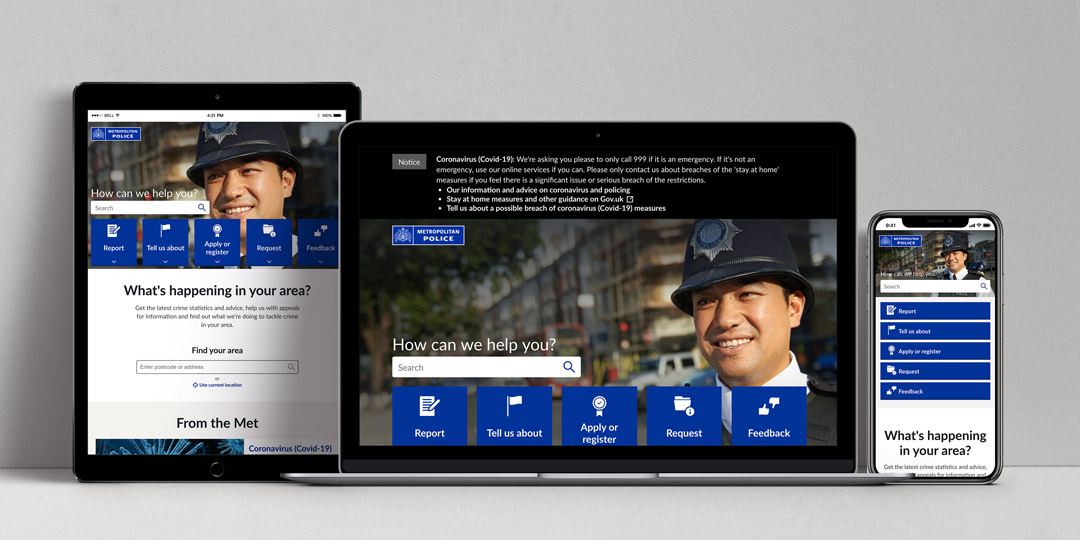
Criminal justice and policing
Digital change for criminal justice and policing
CDS helps criminal justice bodies and police forces provide a seamless citizen experience, enable officers and staff to handle data more effectively and efficiently, and provide effective offline communication to ultimately deliver an experience that works to help protect the public.

Powerful Case Management
Across complex and investigatory use cases like Digital Forensics, Appian's low code platform allows you to build a custom case management solution that perfectly fits your needs and allows you to implement new features up to 80% faster than traditional methods.
Case management solutions >
Effortless Digital Transformation with Low Code
Appian's low-code platform makes it easy to modernise your operations and seamlessly connect your existing systems, giving you a unified view of your data and powerful search tools.
Low code solutions >
Cyber Security
Our cloud solutions, built with Cloudflare's industry-leading security, keep your data safe and accessible, anywhere. We offer expert consulting and support to ensure a smooth migration and ongoing protection for your sensitive information.
Cyber security solutions >Boost efficiency with Intelligent Automation
Intelligent automation streamlines workflows, reduces errors, and lets officers focus on what matters most. Access the information you need, securely, from any device.
Intelligent automation solutions >Enhance public trust with Total Experience
A multi-experience approach ensures a smooth and positive experience for everyone who interacts with your force. This translates to happier officers, a more engaged public, and ultimately, a safer community.
Total experience solutions >
Cut printing costs with Print Management
Streamline your printing with our analysis and strategic solutions. We can help you save 15-25% on annual printing expenses. Our experts manage everything, ensuring quality and on-time delivery. We're certified in quality, environmental management, and security.
Print management solutions >Procurement routes
Work with CDS with confidence using any one of several procurement frameworks for the public sector, utilities, education, NHS and the third sector.
Our partners

Case studies

A Single Online Home to provide nationally consistent services
Improving efficiency and delivering a secure experience to the public while freeing up police resources.
Single Online Home case study >Migrating Single Online Home to a cloud platform
Complete digital infrastructure redesign and migration from a secure data centre to the cloud.
SOH cloud migration case study >
Tackling the early signs of radicalisation with Counter Terrorism Policing
Bringing 'letters to my younger self' to life and generating meaningful engagement across digital channels.
NCTPHQ case study >